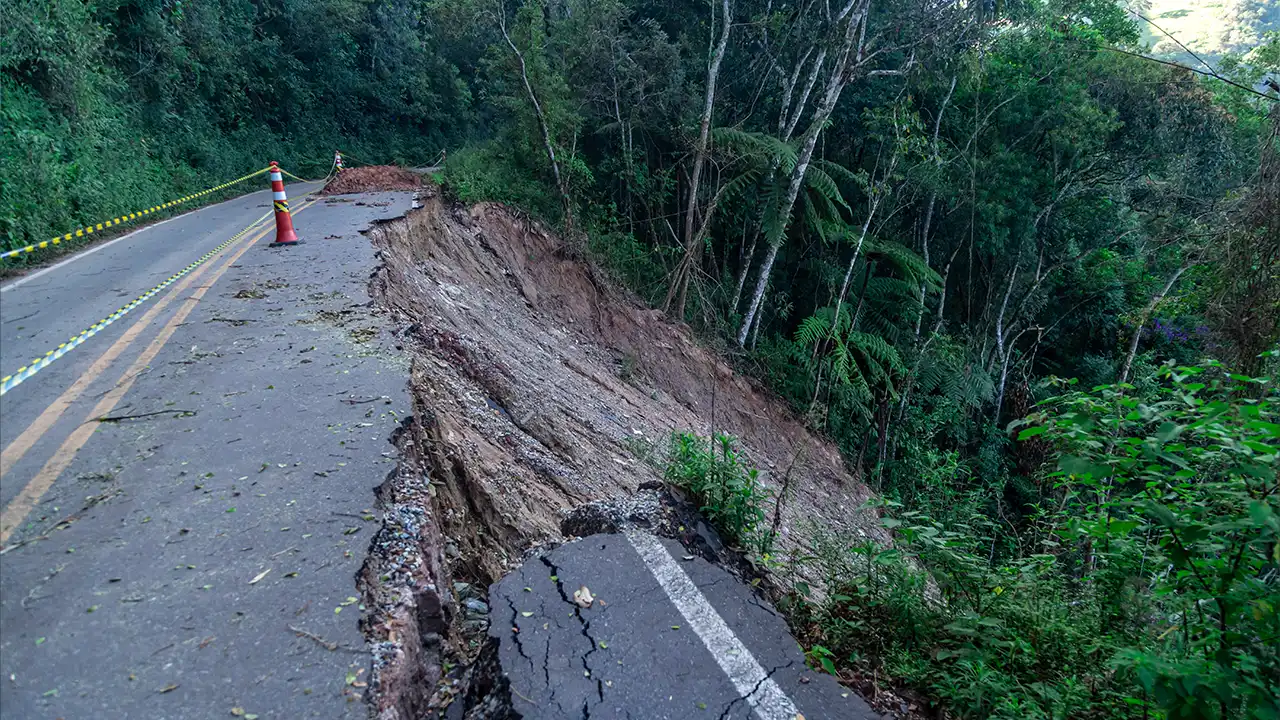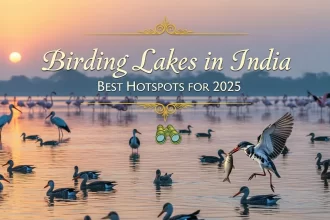The Indian monsoon brings life to parched landscapes, turns hills into waterfalls, and fills the air with the scent of wet earth. But along with the romance of rain comes a harsh reality — landslides. Especially in hill stations where terrain is steep and infrastructure fragile, heavy rainfall often leads to dangerous slips, blocked roads, and unexpected detours. If you’re planning a getaway during the monsoon, it’s important to know where not to go – at least not until the rains have eased. Here are some of the most landslide-prone hill stations in India that you should avoid or approach with extreme caution during the rainy season (typically June to September).
Hill Stations to Avoid During Monsoon Due to Landslide Risk
1. Manali, Himachal Pradesh
Manali sees frequent landslides in areas like the Manali–Leh Highway and Rohtang Pass during heavy rain. Road closures and blockages are common, especially in July and August.
2. Darjeeling, West Bengal
Known for its tea gardens and colonial charm, Darjeeling becomes highly vulnerable to landslides during monsoon. The hilly roads from Siliguri to Darjeeling are especially prone to damage.
3. Gangtok, Sikkim
This beautiful town often experiences rainfall-induced landslides along National Highway 10, affecting travel to and from the city.
4. Munnar, Kerala
Munnar is stunning in the rain, but dangerously so. In recent years, the hill station has witnessed fatal landslides during heavy monsoon spells, particularly in Idukki district.
5. Mussoorie, Uttarakhand
A popular escape from Delhi, Mussoorie’s roadways are often hit by cloudbursts and landslides. The Kempty Falls area becomes slippery and unsafe in peak monsoon.
6. Kalimpong and Kurseong, West Bengal
These quieter siblings of Darjeeling also experience road collapses and mudslides, especially in late July and early August.
7. Tawang, Arunachal Pradesh
While remote and breathtaking, Tawang sees severe road disruptions and frequent landslides during the rains. Traveling here in monsoon can be unsafe and isolating.
8. Kullu, Himachal Pradesh
Besides landslides, the Beas River often swells dangerously, flooding roads and low-lying bridges around the Kullu Valley.
9. Cherrapunjee, Meghalaya
Ironically, one of the wettest places on Earth becomes too wet during the monsoon. Road washouts and landslides are frequent, especially on narrow hill routes.
10. Pithoragarh and Almora, Uttarakhand
The Kumaon region is susceptible to heavy landslides and road blockages due to monsoon rain and occasional flash floods.
Monsoon Travel Safety Tips for Hill Travel
If you are willing to travel during monsoon, here are a few precautions that could make all the difference. Do check weather updates regularly. Use IMD, Accuweather, or Windy for real-time rain and landslide warnings. Try to avoid night travel in the hills. Low visibility and higher chances of slope failure make nighttime riskier during rains. Roadblocks may force last-minute changes — don’t lose money on pre-paid plans, and always carry cash and power banks. There might be power cuts and poor internet are common in remote, rain-hit areas. There might be connectivity problems often in hilly areas, apps like Google Maps allow offline access. Travel with a local guide or reliable driver, especially in the regions like Spiti, Sikkim, and Arunachal. Try to avoid camping near rivers or under cliffs. Flash floods and falling rocks are serious monsoon hazards. Keep emergency contacts with you. Save the numbers of local authorities, tourism helplines, and hospitals. Pack rainproof gear and raincoat, waterproof bags, torchlight, a small first aid kit, and dry snacks go on a long way.
Monsoon may be beautiful, but it’s unpredictable — especially in the mountains. While hill stations may look inviting during this time, the terrain is fragile and unforgiving. Avoid landslide-prone destinations for your safety and the well-being of local communities dealing with harsh weather year after year. If you’re craving a rain-kissed retreat, consider safer destinations like Coorg, Wayanad (with caution), Lonavala, or even the backwaters of Kerala. And if you still want to head into the hills, time your visit for post-monsoon (October–November) when the landscape is fresh, the skies clear, and the risks lower.







